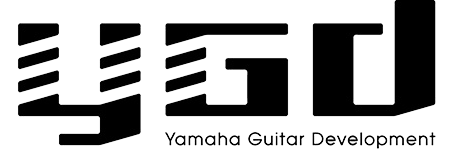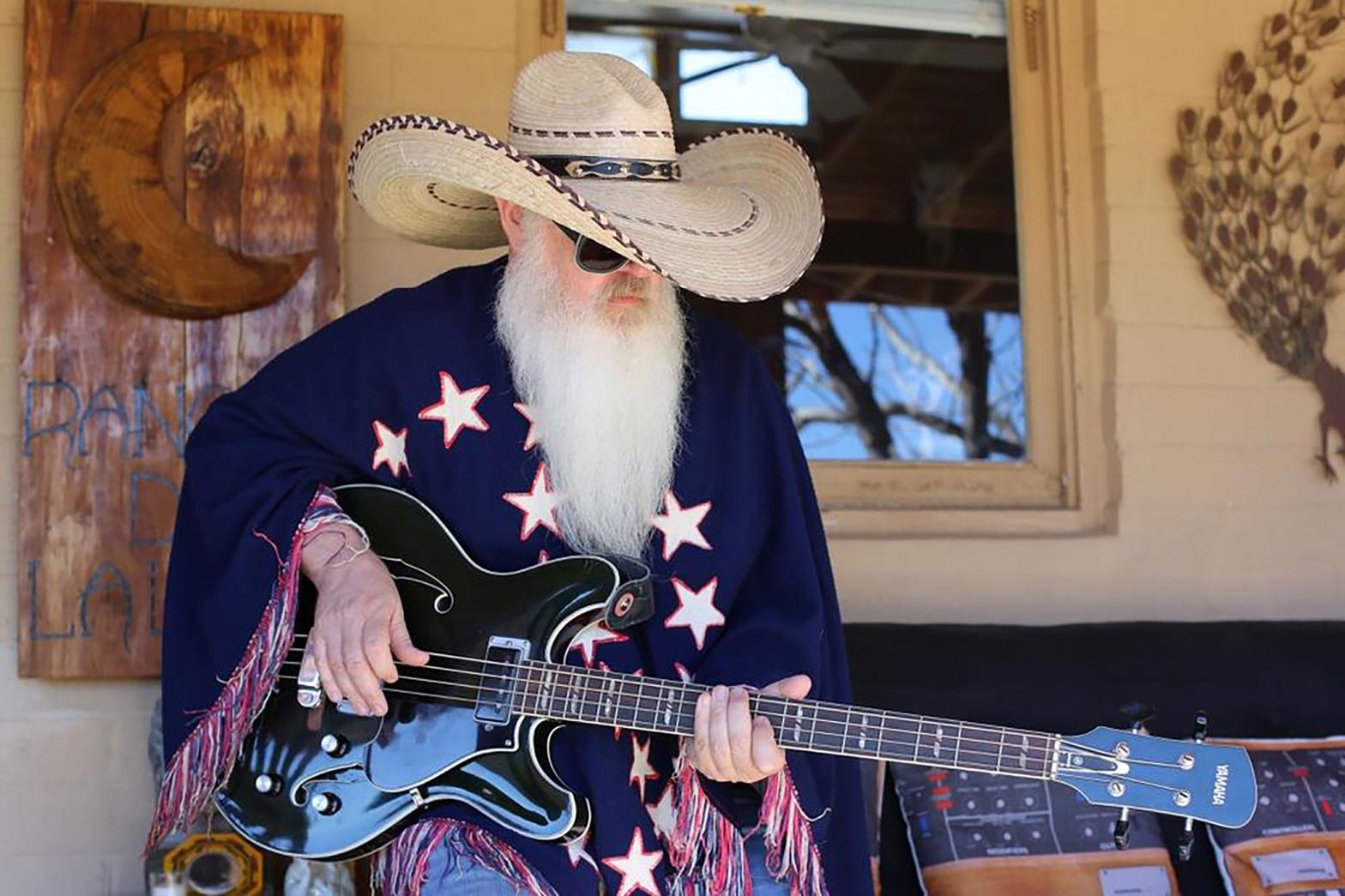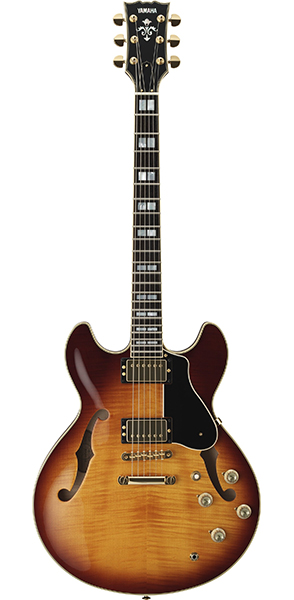Introducing… Eagles of Death Metal, Masters of Reality, Mojave Lords, earthlings? & Gnarltones guitarist and iconic Rancho De La Luna studio host Dave Catching!
We caught wind of a rumour from the Desert about a certain Yamaha Bass finding its way onto some seriously iconic Rock records, and Dave Catching being responsible.
So we checked in with Dave to chat about what he calls ‘The Magic Bass’ & studio life in general.
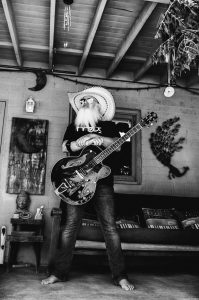
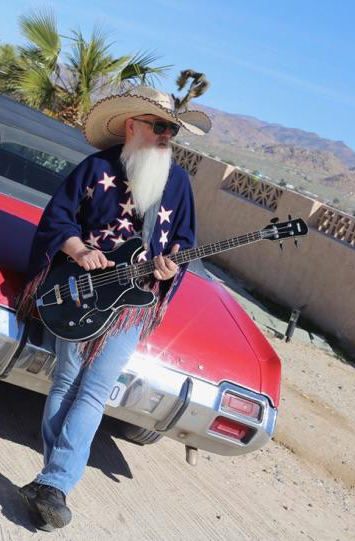
People trade around and experiment – but the Magic Bass always makes its way on to something…”
YGs: We’re intrigued about this Magic Bass! How did you first come across it?
DC: Josh (Homme) found one somewhere. He started using it and freaking out about how amazing it sounded. He used it for a lot of stuff but kept it secret for many years, until he realised he had to start taking it on tour to have that awesome sound! Sometime about a year after he got one I started looking and found one, a really cool one in dark green sparkle. When he started using those that’s when I realised how awesome they sounded and that’s when I knew I needed one for the studio.
YGs: So what’s the typical protocol in the Studio when bands come in? How do they choose the instruments they record with?
DC: Well, they give me a ball park of what kind of sounds they’re looking for, or if they don’t, then by the time they lay down the basic tracks I know kind of what the sound should be in my mind. And a lot of people are into letting me help with that. Some people come out and they just know exactly what they wanna do, they bring their own guitars and just want their own sound, but then they start playing with other stuff and eventually I kind of hand them something like – “hey, just check this out!” or just set it up and I get a sound that I know sounds cool and let them check it out and that’s when they freak out – like with the Yamaha AES1500.
The AES1500 is always that really cool, round sound through a Fender amp, I don’t wanna say Ted Nugent – because a lot of people hate Ted Nugent, but I personally think that guitar sound is f**king amazing – like that clean, loud sound, and that guitar really does that well. It fits in a lot with Rock stuff that’s a little heavier and when guitarists are going for the DiMarzio distortion through a Marshall kind of sound and then you put that on there, it opens the song up immediately. And with the Magic Bass it doesn’t sound like any other, it’s almost got an uprighty sound. The necks are so awesome and super easy to play. They got the long scale and they just sound amazing and they fit exactly where you want them to fit in the mix too.
YGs: So exactly which model Bass is it?
DC: SA70. It came out in ’73. That was a good year. I was 12! I would have bought that back then if I was able to!
YGs: And which albums has this bass featured on?
DC: It’s been on the last few Queens of the Stone Age records for sure! And Eagles of Death Metal too, it’s been on the earthlings? last record, I think Mark Lanegan’s last record, and Arctic Monkeys .
It’s one of those things where you’re making a record and you just pick up different things for different songs. Most of the people that have recorded at either mine or Josh’s place, they’re kind of all over the place. It’s not like super focused ‘you only sound like this on every song’ so people trade around and experiment – but it always makes its way on to something. It is weird that you guys haven’t remade it because it is such an awesome bass, looks great too.
YGs: So how does a typical session go at Rancho De La Luna? Do you do it song by song or get all the tracks done at once?
DC: Well typically Bass and Drums are recorded together, almost always, and with Guitar too sometimes. Some people just do Drum tracks then start overdubbing, but my place is a really small house where the Drum room is connected to where I have all the Bass stuff, which is connected to my bedroom where I have all the Guitar stuff so it’s really interesting, there’s not a ton of bleed and I don’t put up any walls or anything – sometimes there’s a little in some of the room mics but even if it’s loud, you just barely get a little. Most people, if they’re doing Rock, they don’t care about that. especially if they’re rehearsed. A lot of people who come to my place don’t have huge budgets so they’re pretty ready to roll when they get there and they know what they’re gonna do.
The funny thing is tons of people come to do like 2 or 3 songs but it works so fast there. The Drums are already set up and sound pretty good all the time, so you save a lot of time doing that. All my amps are set up so that you just move some around, and they’re all good amps and good mics, so typically it sounds good, fast, and people get a lot more done than they think. Like the band that just came in – Dearly Beloved , they were shooting to do 3 songs in 4 days and they ended up doing 6! Completely recorded! And the same thing with Boots , when he came in, I mean he wasn’t really shooting to do anything but he did 11 songs in 11 days.
YGs: So what are Dave Catching’s top tips for going into the studio if you’re a band?
DC: They should have fun! That’s the main ingredient! Don’t stress about it, don’t get caught up and get the red light fever. Second thing; if you’re coming into a studio and know the songs, know them really well, then have some ideas. Or, if you come to experiment, just have more fun and try not to spend too much time overthinking things – just try and let it happen.
Bring the right tools for what you’re gonna do. Luckily you guys have been super cool to me so I have lots of really awesome tools, you and many other companies have been really cool so I have tons of great gear – you can have a really cool time.
I think that’s it, just trying not to overthink and trying to make it work. ‘Cause it will translate if you’re trying too hard, it’s not gonna translate into a fun, amazing time.
YGs: Do you have any rituals at Rancho De La Luna?
DC: Well since it’s my house too, we typically cook dinner, and that happens during the recording, so stuff is on the stove or the grill is on, you know just getting people relaxed. And we’re lucky that we’re in Joshua Tree because you can see the mountains and it’s not like a darkened studio that’s all closed off. You can look out the windows while you’re recording, and that’s nice. There’s lots of cool stuff to do. I get people to get out and go hiking, get into the vibe of the place – more of just having fun and loosening up. Most really great, really expensive studios, they don’t have windows because a lot of them are in neighborhoods or for sound design reasons maybe, but for some reason the house I live it, it works.
Photos: Brandy Lee Dyess

